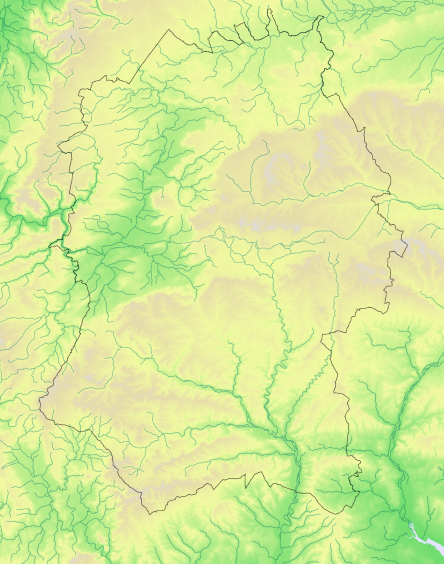Swift Apus apus
Summer abundance 1995–2000
Common summer visitor, breeds Europe, winters Africa
Atlas species lists
- Breeding distribution 1995–2000
- Summer abundance 1995–2000
- Winter distribution 1995–2000
- Winter abundance 1995–2000
- Breeding distribution 2007–2012
- Summer abundance 2007–2012
- Winter distribution 2007–2012
- Winter abundance 2007–2012
- Breeding distribution change
- Summer abundance change
- Winter distribution change
- Winter abundance change
More Swift maps
- Breeding distribution 1995–2000
- Summer abundance 1995–2000
- Winter distribution 1995–2000
- Winter abundance 1995–2000
- Breeding distribution 2007–2012
- Summer abundance 2007–2012
- Winter distribution 2007–2012
- Winter abundance 2007–2012
- Breeding distribution change
- Summer abundance change
- Winter distribution change
- Winter abundance change
Map explanation
This map shows the summer relative abundance of the species in Wiltshire, based on variation from the average, as revealed by the fieldwork for Birds of Wiltshire (Wiltshire Ornithological Society 2007).
Key
Relative to average
Nos tetrads

>50% fewer
265
29%

25-50% fewer
126
14%

Average +/- 25%
123
13%

25-100% more
54
6%

>100% more
83
9%
Total
651
71%
Common Swifts in summer are among the most northerly and most widely distributed of the 90 or so swift species in the world. They breed throughout Europe (except in northern Scotland, Fenno-Scandia and Russia), south to Turkey and Israel, in northwest Africa and across much of central Asia to China. All but a very small proportion migrate to winter in sub-Saharan Africa. The distribution of the European population has remained stable overall since the 1960s though the actual numbers have deceased. The British breeding population is estimated to have declined by 46% between 1996 and 2015.
In Wiltshire Swifts have been common in summer ever since records began, so much so that 19th and 20th century commentaters made few attempts to produce counts or to estimate variations in population numbers, apart from one comment in 1981 that the modernisation of old buildings had led to losses of nesting sites and consequent reduction in numbers in the larger towns. Fieldwork for Birds of Wiltshire and WTA2 revealed a marked decline in the distribution of the species between 1995-2000 and 2007-2012: Birds of Wiltshire recorded them in 717 Wiltshire tetrads, with breeding in 190 of them; WTA2 in 636 tetrads, with breeding in 149. A concerted effort is now being made by Swift protection groups to preserve traditional nesting sites and provide replacements for lost sites in the form of nest-boxes on existing buildings and specially designed nesting blocks in new builds.
References
The following references are used throughout these species accounts, in the abbreviated form given in quotation marks:
“1968-72 Breeding Atlas” – Sharrack, J.T.R. 1976: The Atlas of Breeding Birds in Britain and Ireland. T. & A. Poyser
“1981-84 Winter Atlas” – Lack, P.C. 1986: The Atlas of Wintering Birds in Britain and Ireland. T. & A. Poyser
“1988-91 Breeding Atlas” – Gibbons, D.W., Reid, J.B. & Chapman, R.A. 1993: The New Atlas of Breeding Birds in Britain and Ireland 1988-91. T. & A. Poyser
“Birds of Wiltshire” – Ferguson-Lees, I.J. et al. 2007 : Birds of Wiltshire, published by the tetrad atlas group of the Wiltshire Ornithological Society after mapping fieldwork 1995-2000. Wiltshire Ornithological Society.
“Bird Atlas 2007-2011” – Balmer, D.E., Gillings, S., Caffrey, B.J., Swann, R.L., Downie, I.S. and Fuller, R.J. 2013: Bird Atlas 2007-2011: the Breeding and Wintering Birds of Britain and Ireland
“WTA2” – ("Wiltshire Tetrad Atlas 2 ") the present electronic publication, bringing together the Wiltshire data from “Birds of Wiltshire” and “Bird Atlas 2007-11”, together with data from further fieldwork carried out in 2011 and 2012.
"Hobby" - the annual bird report of the Wiltshire Ornithological Society.

